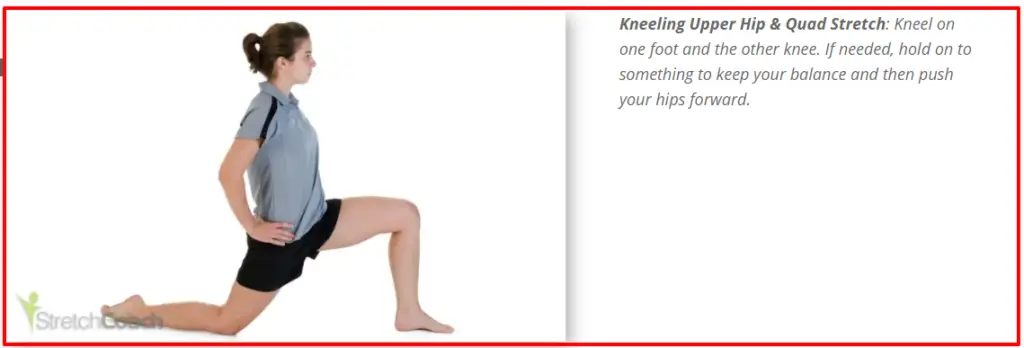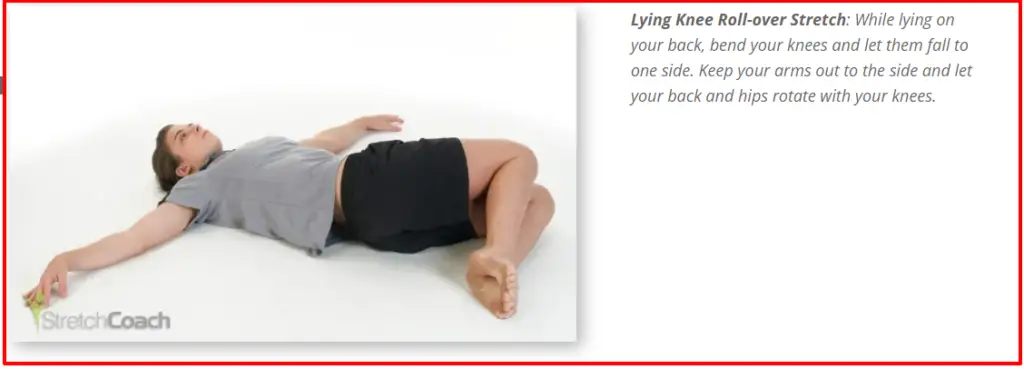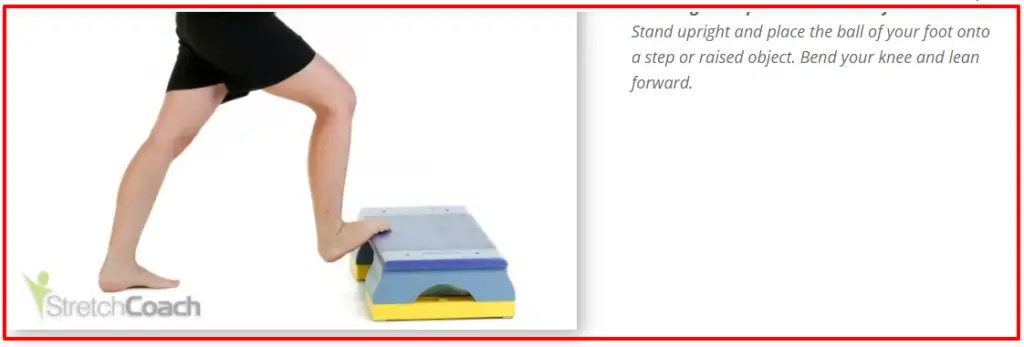What muscles does ice skating work? Ice skating has tons of health and physical benefits, including muscle development, strengthening, and toning. If you’re wondering which muscles these are, I researched and put together a comprehensive post. Here’s what I discovered.
Ice skating works all body muscles, including the core muscles, hamstrings muscles, quadriceps muscles, adductors muscles, and the gluteus muscles. Ice skating is rigorous and requires a lot of energy. One of the ways the body produces energy is anaerobic respiration, occurring in the muscles. This burns fats stored in these muscles and converts them to glucose while toning the muscles.
These are the Muscles Used When Ice Skating
This is only the tip of the iceberg. In the rest of this post, I dive deeper into the muscles used when ice skating and how they work. You don’t want to miss this. So, without much ado, let’s get to it!
1. The Core Muscles
The core muscles are found around the chest, back, and stomach. They’re the largest muscle group in the body, meaning they do the most work to keep the body in check and perfect control.
Harvard Health confirms in a post that stronger core muscles enhance body stability while increasing productivity. Ice skating uses the stomach muscles more when in the bent down posture, thereby toning the abs.
If you’re looking to lose belly fat, ice skating would be one of the best options to consider. However, you have to do it for a considerably long period. In addition, you should watch your diet by eating only what’s enough for your body.
That way, you’ll lose the belly fat, including the ones found on your back and stomach side. There’s no perfect way to work out your body when having fun. The good news is you can find it in ice skating and other skating disciplines like rollerblading.
More Reading: Is Ice Skating Like Rollerblading? | {the Ultimate Comparison}
Please check out these amazing Ice skating shoes on Amazon
Jackson Ultima SoftSkate Womens/Girls Figure Skate
Glacier by Jackson Ultima White Figure Ice Skates for Toddler, Girls, and Women
Riedell Skates – Soar Adult Ice Skates- Recreational Soft Beginner Figure Ice Skates
Jackson Ultima Excel Women’s/Girls Figure Skate
2. Hamstrings Muscles
The hamstrings muscles group is found in the thighs. They comprise three muscle groups known as biceps femoris, semitendinosus, and semimembranosus. Their principal role in the body is to facilitate movement around the hips and knees.
Hamstrings muscles are used when walking, running, squatting, skating, and other activities involving hip and knee movement. When ice skating, you engage your feet in a glide and push motion. This uses the hamstrings muscles groups to help with knee and hip movement.
3. Quadriceps Muscles
The Quadriceps muscles group comprises four muscles found in the thighs. They’re located in the front end part of the thighs and connect to the knee joint. Their most important role is facilitating knee bending and stretching.
The only way to move when ice skating is through pushing and gliding, which uses the quadriceps muscles. As you engage your thigh muscles in the push and regroup, the quadriceps muscles are worked in the process.
4. Adductors Muscles
The adductors muscles group is also located in the hips. Like other hip muscles, they facilitate the push and glide movements when ice skating. They also stabilize the pelvis, used to support the spinal column.
The spinal column is an essential body party that houses the nervous system, which controls all body functions. Ice skating makes these muscles more robust and healthier for optimal performance.
5. Gluteus Muscles
The gluteus muscles group is commonly known as the butt muscles. The group of muscles found around this area are the Gluteus maximus, Gluteus medius, and Gluteus minimus. Gluteus maximus are largest portion of these muscles, followed by Gluteus medius, and Gluteus minimus.
The butt gets its shape from the Gluteus maximus since they comprise the bigger portion of the butt. When in the bent down ice skating posture, the butt muscles are actively engaged and help the hip muscles to generate power for the push and glide motion.
When starting to ice skate, these muscles will hurt when you over skate. However, you don’t need to worry about it because the pain will go away after some time. Skating for a while and the low bending posture gets the muscles used to ice skating, taking the pain away.
More Reading: Is Ice Skating a Good Workout? Revealed
Ice Skating Muscle Stretching Exercises to try out
Ice skating uses all body muscles, especially the lower body. Due to overuse, it’s possible to develop muscles soreness, which can be pretty painful. Therefore, experts recommend that ice skaters should warm up and down before starting to skate.
In addition, ice skaters should incorporate muscle stretching exercises before and after any skating session. Lastly, it’s important to avoid the urge to over skate because it’s the leading cause of muscle soreness.
The three main ice skating muscles recommended by Stretch Coach are lying knee roll-over stretch, kneeling upper hip and quad stretch, and standing toe-up Achilles and calf stretch.



Stretch Coach offers more advanced stretching courses and programs, which you can check from his site.
What Muscles does ice skating work? Commonly Asked Questions
1. Does ice skating tone your bum?
Ice skating works and tones all body muscles, especially the lower body where the bum is located. The bum comprises of three main muscles, the Gluteus maximus, Gluteus medius, and Gluteus minimus. Ice skating for a significantly long period will tone the bum muscles.
2. Is ice skating bad for your back?
Ice skating can be bad for your back because of overuse injuries from over-skating. However, this pain shouldn’t last long because after your back muscles are used to the bending posture, the pain should go away. Ice skating also works the back muscles, making them stronger and healthier to support the spinal column and the nervous system.
3. How do I get in shape for ice skating?
To get in shape for ice skating, you need to warm up and down before and after every ice skating session, eat healthy foods to avoid putting excess weight, do stretching exercises before and after skating, and cross-train with related aerobic sports like rollerblading, cycling, and walking.
4. How many calories do you burn ice skating for an hour?
On average, you burn between 640 calories and 850 calories for an hour, depending on body weight, terrain, and intensity of ice skating.
What Muscles does ice skating work? Wrapping Up
What muscle does ice skating work? Ice skating is a rigorous sport that works all body muscles, especially the lower body. The muscles used when ice skating are gluteus muscles, core muscles, quadriceps muscles, hamstrings muscles, and the adductors muscles.
Apart from muscle development, ice skating offers tons of other health benefits, including improving heart health, lung function, controlling cholesterol levels in the blood, and improved mental health.
If you’re getting started or an intermediate ice skater, I believe you found this post helpful.
More Reading


